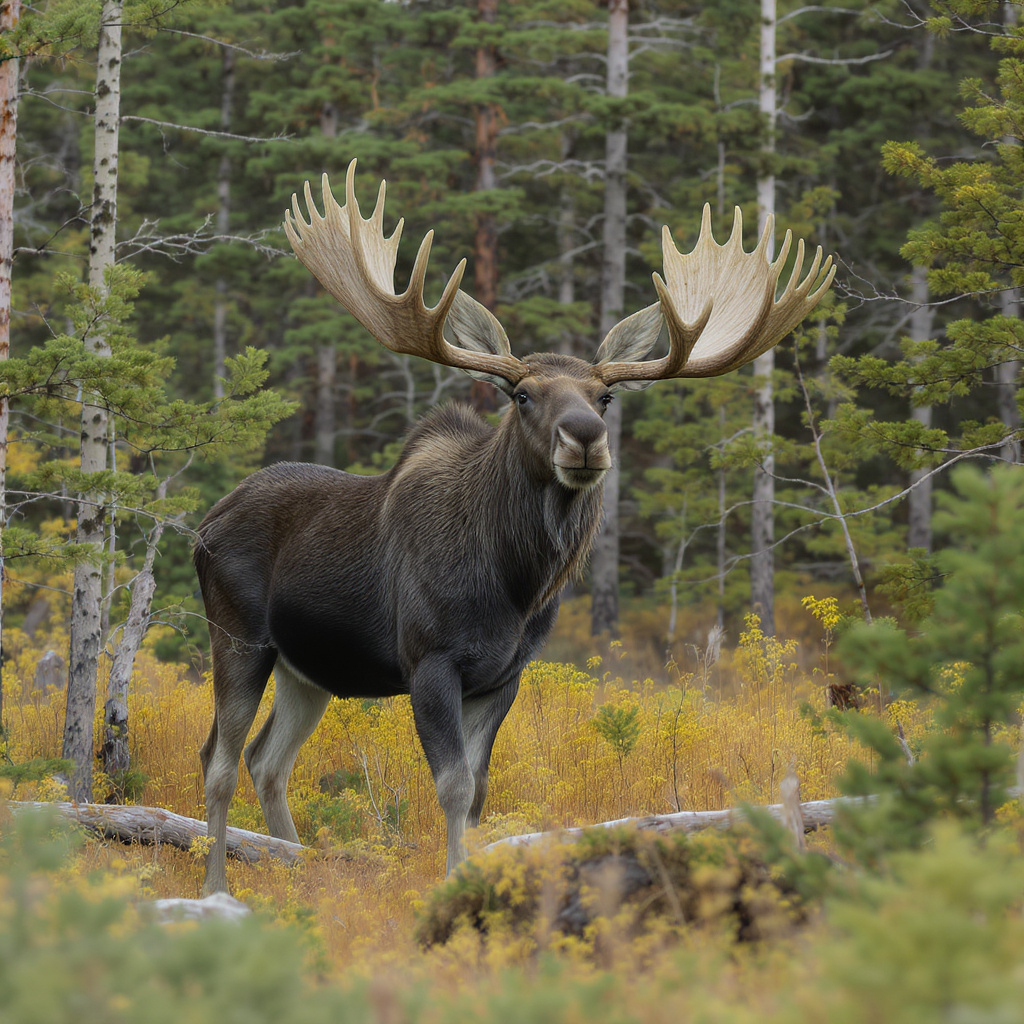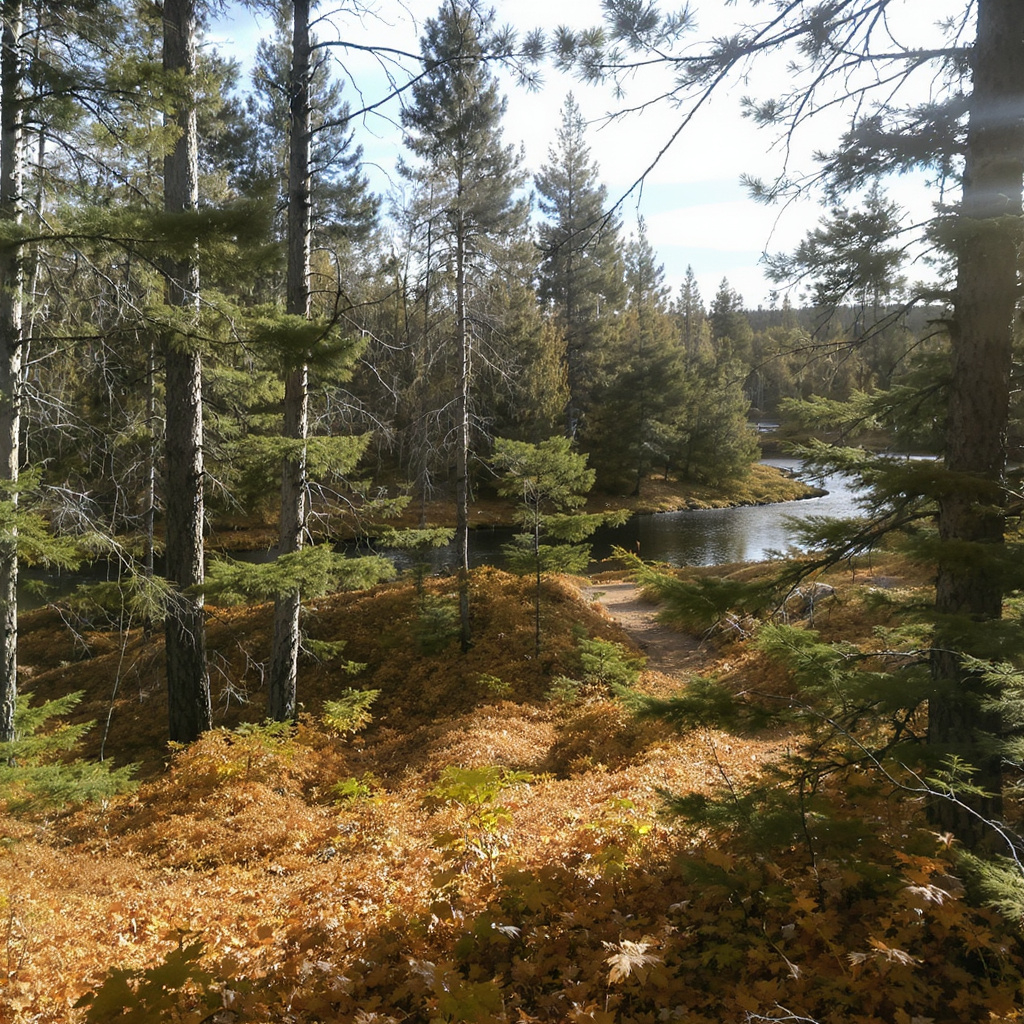Hunting in Sweden sits at an easy crossroads of tradition, science and common sense. The country is huge by European standards, thinly populated outside a handful of cities, and rich with forests, wetlands and archipelago. That mix shapes a hunting culture that is calm, methodical and built around management goals rather than bragging rights. If you already know your way around seasons, calibers and field dressing, this guide drills into how things run in Sweden, what to expect from the ground, the people and the weather, and how to stay on the right side of the rules without getting lost in paperwork.
How hunting rights work
Land ownership carries the right to hunt. That right is usually exercised by the landowner, leased to a local club, or pooled into larger management areas. Public access rules that allow anyone to hike and forage do not extend to taking game, so permission matters. Most Swedish hunters belong to a jaktlag, a hunting team that shares leases and organizes days in a set area. If you’re invited as a guest, decisions sit with the team leader and the landowner’s conditions, not with whoever shouts loudest on the day. Boundaries are respected to the meter, and neighboring teams coordinate to avoid pressure on the same animals.

Licenses, exams and insurance
You need a valid hunting license every year, paid to the state and tied to mandatory third-party insurance. On top of that sits the hunter’s exam, a once-off theory and shooting assessment that covers safety, species ID, humane shots and firearm handling. The rifle test includes accuracy with a moving target that mimics moose, while the shotgun test checks mounting and lead on clays. If you’re visiting from abroad, you’ll be asked for your home license, proof of competence and firearm permits for your rifle or shotgun, and many guests borrow kit through the hosting team to simplify the travel admin. Keep proof of insurance with you, because everyone else will.
Firearms, ammo and common setups
Rifles dominate big game. Cartridges in the .308 to .30-06 family are standard for moose, wild boar and red deer, with bonded or copper bullets favored for penetration and clean exits. Fast handling, low-power optics that gather light are loved in the dark spruce and on quick shot windows with dogs pushing game. For roe deer and fallow, similar rifles with lighter bullets work well. Shotguns run 12 or 20 gauge for capercaillie, black grouse, hare and waterfowl. Slugs are legal for driven wild boar in some teams but check local rules and landowner preferences. Sound moderators are common and sensible for hearing and recoil, and no one will blink at them. Keep ammo choices boring and proven and you’ll fit right in.
Species you’ll actually encounter
Moose are the headline animal in the forest belt, managed at the game-management area level with quotas and calf-to-cow targets. Wild boar expanded strongly over the past two decades in the south and east, leading to year-round pressure around crops with night work and thermal optics where allowed by local regulation. Roe deer are everywhere with stalks at first and last light across farmland edges and young forest. Red deer hold in pockets on the west coast and in managed estates. Small game ranges from capercaillie and black grouse in the boreal forest to hazel grouse, hare and waterfowl across lakes and coast. Fox and raccoon dog control continues through winter, often tied to ground-nesting bird projects.
Seasons and structure of the year
Instead of memorizing dates that shift by county, think in blocks. Early autumn opens birds and small game, then moose teams kick off their main weeks as leaves fall and temperatures drop. Roe buck stalks run through greener months, with winter focusing on boar, fox and late bird opportunities up north. Each county board publishes windows and local rules, and teams plan calendars months ahead. Expect a careful approach to quota animals, with calves often taken before cows in set ratios, and tag discipline that feels more like fisheries management than a free-for-all. If the plan says one adult moose and two calves for the block, that’s what happens, and the team stops when the ledger says so.
The culture on the day
A hunting day starts with a short briefing, maps on a phone app or paper, radio checks, and very clear shot rules. Where dogs run boar or moose, stands are placed to cover likely crossings, and safe sectors are spelled out. People move quietly, avoid slamming car doors, and live by the idea that a single careless shot can ruin years of work with neighbors. Lunch is simple and hot. At the end, there’s a clean-down at the hanging site, a word about what went right or wrong, and meat is divided by an agreed formula that accounts for who leases, who guides, and who showed up. Newcomers earn trust by showing up on time, listening more than talking, and doing the slow jobs without fuss.
Dogs and how they change the hunt
Swedish hunting without dogs is half a story. For moose and boar, spitz-type dogs like Jämthund, laika and Hälleforsare work free, finding animals, holding them with steady barking and letting hunters slip in for close, careful shots. Drives for deer and boar use short-legged hounds like drever and basset, which pressure game to jog rather than sprint, creating measured chances for stands. Bird dogs range from setters on capercaillie to retrievers on ducks. Dog welfare is taken seriously: GPS collars, cut vests for boar, first-aid kits in the truck, and strict rules about heat, ice and wolves in some areas. If the handler calls a hunt off for the dog’s sake, that’s it.
Safety, ethics and shots you don’t take
The Swedish line on ethics is simple. Know your backstop, know your angle and know what stands behind the animal. Identify beyond doubt, avoid risky quartering on heavy game, and take pride in passing shots that look shaky. High-visibility clothes are common on driven hunts, radios live on the shoulder, and every team repeats the same mantra about shooting low on ridges and never across roads. Wounded-game tracking is organized and prompt, and teams keep contact lists for certified tracking handlers who come out with dogs trained to follow minimal blood over long distances. If you draw blood and lose the trail, you call, not shrug.
Weather, terrain and what to wear
Sweden punishes poor clothing choices more than poor caliber choices. In the south, autumn can be warm one day and sleet the next, with wind ripping through beech and oak. In the center and north, mornings freeze early and stay that way in the shade. Stands feel colder than the forecast suggests because you don’t move much, so quiet insulation, windproof shells and proper boots matter. Waterproof over-trousers save days. Gloves that allow a clean trigger press without numb fingers are worth hunting for. In rain and wet snow, a simple pack cover and dry bag for spare layers can make a long day feel normal instead of miserable. Mosquitoes and midges fade with the first frosts but can be fierce in August near water and bog.
Field processing, meat and sharing
Game is gralloched fast, cooled with air movement and shade, then hung in chill rooms where teams have access. Inspections for trichinella on wild boar trimmings are routine before sausage making or selling. Moose and deer are broken down in a practical, no-nonsense way with saws and good knives, and you’ll learn the naming of cuts in Swedish quickly if you want your share labeled right. Many teams keep a fair division system by weight after bone-out, with offal taken by those who ask. A lot of meat never hits retail channels because it moves within the team and their families, which is part of why Swedish hunters talk more about meals than trophies.

Access for visiting hunters
If you’re planning a trip, start with relationships rather than day-rate shopping. Local clubs and outfitters arrange legal access, lodging and tags in a way that respects landowners and neighbors. Bring copies of your permits and licenses, make sure your rifle or shotgun meets local energy rules for the game you’re after, and be ready for a shooting test at the range before anyone invites you on a tag day. Some estates offer structured moose or boar packages with clear expectations and shooting sticks at every stand. On the coast and in the far north, birds and hare can be booked with guides who know the ground and where fresh tracks show after the latest snow.
Managing moose and boar pressure
Two animals drive most debates around the coffee pot. Moose browse young pine and birch, shaping forestry economics, so quotas balance calf survival, traffic collisions and timber growth. That balance is set in meetings that can feel like town council sessions, with data from traffic accidents, calf counts and bark damage surveys informing the next year’s plan. Wild boar thrive on mild winters and crops, leading to night hunting near fields, feeders on some leases, and a constant push to keep numbers in check without turning the countryside into a shooting range. Thermal gear is common in boar control where lawful, but teams still stress shot discipline and backstops in the dark.
Birds of the north and how they’re hunted
Forestry roads and old burns create mosaics that suit capercaillie, black grouse and hazel grouse. Classic hunts use a pointing dog in the early season or slow stalking with careful glassing and listening for wing claps later, especially after frost. In the mountains, willow ptarmigan hold above the treeline in early autumn, moving with weather bands and food. Waterfowl play out across lakes and archipelago with morning flights and evening returns to roost, and retrieving dogs keep the day efficient and ethical. Non-toxic shot requirements apply on waterfowl and in wetland contexts, so steel, bismuth and the right chokes are standard kit.
Etiquette that keeps you invited back
Turn up early. Park where the map says. Keep the gate how you found it. Carry a radio and use it sparingly. Confirm your safe sectors with your stand neighbor and keep your muzzle quiet. Offer to help with the drag, the wash-down and the sweep of the hanging room. Bring coffee that doesn’t taste like dishwater and a knife that’s sharp. If you make a mistake, own it straight away. If you shoot, you mark the spot, you mark the last blood, you call in help if needed. None of this is complicated, but it’s the difference between coming once and coming every season.
Conservation funding and data
License fees, training courses and membership dues funnel money into habitat work, research and safety programs. Hunters log effort and take in apps or club books, feeding a plain but useful data loop that guides county decisions. Traffic collision response is another big block of work, with trained volunteers handling moose and deer incidents for the police to shorten animal suffering and keep roads clear. You’ll meet people who have done this on winter nights for decades and consider it part of the responsibility that comes with a rifle card.
Planning your season
If you live in Sweden, start with your county board’s calendar, then talk to the local club about where help is needed. New blood is welcome when it shows commitment across the whole season, not just on the peak moose days. Build your shooting routine around the moving moose target at the range and a few evenings of dry-fire with your hunting clothes on, so nothing snags when it matters. If you’re visiting, pick a window that fits the game you want and the weather you can handle, leave slack days for storms and travel delays, and book that spare day at the range before hunting so hosts see your focus on clean shots.
Staying informed
Swedish hunting media is practical and steady, with reports on season outcomes, gear that actually survives in sleet, and policy changes that matter in the field. For Swedish-language news, reports and tips, keep an eye on Vildmarksliv.nu which tracks hunting stories and gear with a local lens that helps you understand what’s changing and what’s just talk.
Final word
Hunting in Sweden rewards patience, teamwork and care with the small things. You’ll spend time on a stand where nothing moves, track a boar through reeds that smell like old lake, and then share stew at a farm table while the chill steams off your clothes. The system expects competence and gives back steady days, clear ethics and meat that was earned. Bring that attitude and you will fit in fast, whether you’re after moose in the spruce belt, roe deer at a field edge, or capercaillie in the autumn gold.
